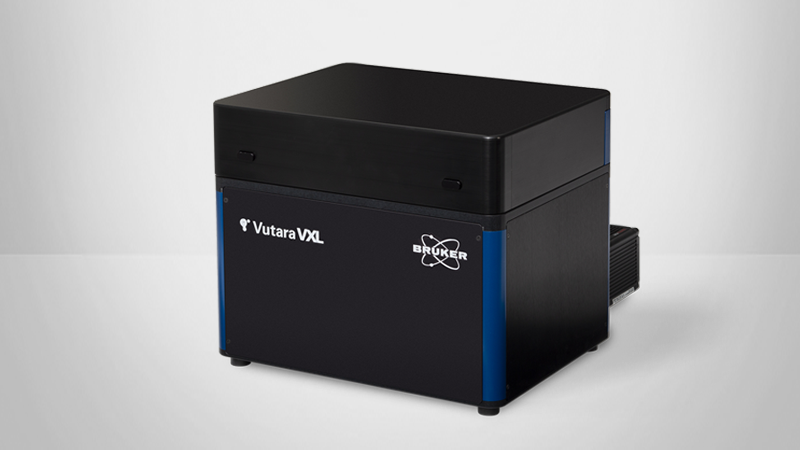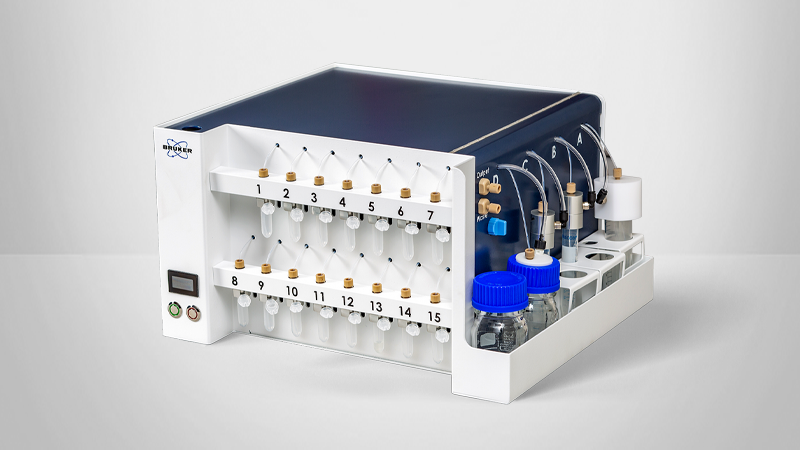Live-Cell研究
Supporting Bigger Innovations with Better Research Results
Live-cell imaging techniques have become an integral element of understanding cellular mechanisms and the visualization of subcellular structures. The complexity of highly dynamic biological processes is best observed in living cells in real time.
There is a growing need for instrumentation and non-invasive techniques that can be performed under physiological conditions and that avoid damage to soft biological samples. By keeping cells alive in temperature- and pH-stable environments, it becomes possible to examine crucial aspects of cellular function, cellular response to stimuli and cell-cell interactions, while capturing mechano-structural and functional events during experiments involving, e.g. localized drug delivery.
State-of-the-art techniques enable the high-resolution structural analysis of the superstructures of the cell membrane, cell morphology, cell skeletons and molecular structures at the nanometer scale. Combined with the simultaneous quantitative nanomechanical characterization of living biological samples, valuable new insights are being won into molecular and cell biology, that are vital for developmental biology, clinical applications and regenerative medicine.

